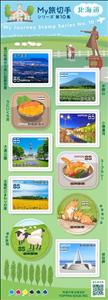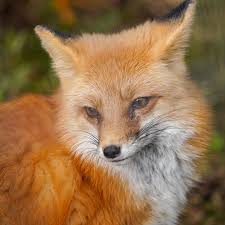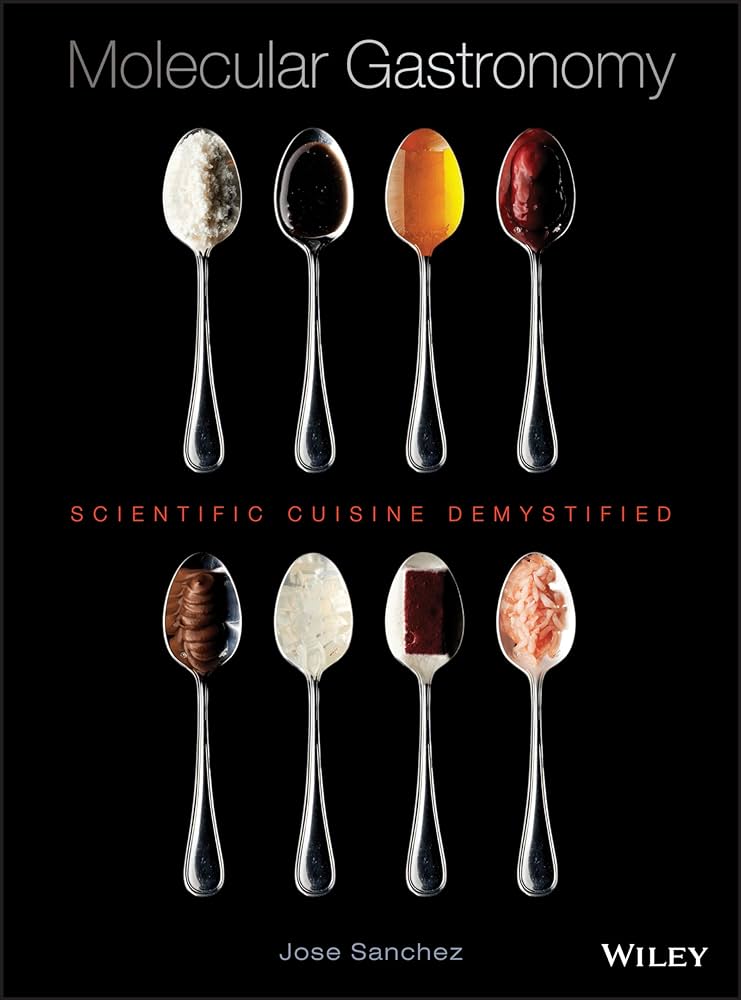Mini Sheet: My Journey Stamp Series No. 10 : Hokkaido (Japan 2025)
My Journey Stamp Series No. 10 : Hokkaido (Japan 2025)
05 March (Japan ) within release My Journey Stamp Series No. 10 : Hokkaido (2025) goes into circulation Mini Sheet My Journey Stamp Series No. 10 : Hokkaido face value 10*85 Japanese yen
| Mini Sheet My Journey Stamp Series No. 10 : Hokkaido in catalogues | |
|---|---|
| Colnect codes: | Col: JP 2025.03.05-01 |
Mini Sheet is vertical format.
Also in the issue My Journey Stamp Series No. 10 : Hokkaido (2025):
- Stamp - Asahikawa City Zoo face value 110;
- Stamp - Cape Soya face value 85;
- Stamp - Cattle grazing face value 110;
- Stamp - Cheese and milk face value 110;
- Stamp - Farm Tomita face value 110;
- Stamp - Goryokaku face value 110;
- Stamp - Hachimanzaka face value 110;
- Stamp - Hakodate Night View seen from the Farm face value 85;
- Stamp - Higashimokoto Shibazakura Park face value 110;
- Stamp - Hokuryu Town Sunflower Village face value 85;
- Stamp - Kushiro Marsh face value 110;
- Mini Sheet - My Journey Stamp Series No. 10 : Hokkaido face value 10*85;
- Stamp - My Journey Stamp Series No. 10 : Hokkaido face value 85;
- Mini Sheet - My Journey Stamp Series No. 10 : Hokkaido face value 10*110;
- Stamp - Odori Park face value 85;
- Stamp - Otaru Canal face value 85;
- Stamp - Red Foxes face value 85;
- Stamp - Sapporo City Clock Tower face value 110;
- Stamp - Sea Urchin Salmon Roe Bowl face value 85;
- Stamp - Sheep Grazing face value 85;
- Stamp - Shimaenaga face value 110;
- Stamp - Soup Curry face value 85;
Mini Sheet My Journey Stamp Series No. 10 : Hokkaido it reflects the thematic directions:
Foxes are small-to-medium-sized omnivorous mammals belonging to several genera of the family Canidae. They have a flattened skull; upright, triangular ears; a pointed, slightly upturned snout; and a long, bushy tail ("brush").
Gastronomy is the study of the relationship between food and culture, the art of preparing and serving rich or delicate and appetizing food, the cooking styles of particular regions, and the science of good eating. One who is well versed in gastronomy is called a gastronome, while a gastronomist is one who unites theory and practice in the study of gastronomy. Practical gastronomy is associated with the practice and study of the preparation, production, and service of the various foods and beverages, from countries around the world. Theoretical gastronomy supports practical gastronomy. It is related with a system and process approach, focused on recipes, techniques and cookery books. Food gastronomy is connected with food and beverages and their genesis. Technical gastronomy underpins practical gastronomy, introducing a rigorous approach to evaluation of gastronomic topics
A landscape is the visible features of an area of land, its landforms and how they integrate with natural or man-made features. A landscape includes the physical elements of geophysically defined landforms such as (ice-capped) mountains, hills, water bodies such as rivers, lakes, ponds and the sea, living elements of land cover including indigenous vegetation, human elements including different forms of land use, buildings and structures, and transitory elements such as lighting and weather conditions. Combining both their physical origins and the cultural overlay of human presence, often created over millennia, landscapes reflect a living synthesis of people and place that is vital to local and national identity. The character of a landscape helps define the self-image of the people who inhabit it and a sense of place that differentiates one region from other regions. It is the dynamic backdrop to people’s lives. Landscape can be as varied as farmland, a landscape park, or wilderness. The earth has a vast range of landscapes, including the icy landscapes of polar regions, mountainous landscapes, vast arid desert landscapes, islands and coastal landscapes, densely forested or wooded landscapes including past boreal forests and tropical rainforests, and agricultural landscapes of temperate and tropical regions.
A monument is a type of structure that was explicitly created to commemorate a person or event, or which has become relevant to a social group as a part of their remembrance of historic times or cultural heritage, due to its artistic, historical, political, technical or architectural importance. Examples of monuments include statues, (war) memorials, historical buildings, archaeological sites, and cultural assets. If there is a public interest in its preservation, a monument can for example be listed as a UNESCO World Heritage Site. The Palgrave Encyclopedia of Cultural Heritage and Conflict gives the next definition of monument:
Sheep (pl.: sheep) or domestic sheep (Ovis aries) are a domesticated, ruminant mammal typically kept as livestock. Although the term sheep can apply to other species in the genus Ovis, in everyday usage it almost always refers to domesticated sheep. Like all ruminants, sheep are members of the order Artiodactyla, the even-toed ungulates. Numbering a little over one billion, domestic sheep are also the most numerous species of sheep. An adult female is referred to as a ewe (/juː/ yoo), an intact male as a ram, occasionally a tup, a castrated male as a wether, and a young sheep as a lamb.
Tourism is travel for pleasure or business; also the theory and practice of touring, the business of attracting, accommodating, and entertaining tourists, and the business of operating tours. Tourism may be international, or within the traveller's country. The World Tourism Organization defines tourism more generally, in terms which go "beyond the common perception of tourism as being limited to holiday activity only", as people "traveling to and staying in places outside their usual environment for not more than one consecutive year for leisure, business and other purposes". Tourism can be domestic or international, and international tourism has both incoming and outgoing implications on a country's balance of payments. Today, tourism is a major source of income for many countries, and affects the economy of both the source and host countries, in some cases being of vital importance.






